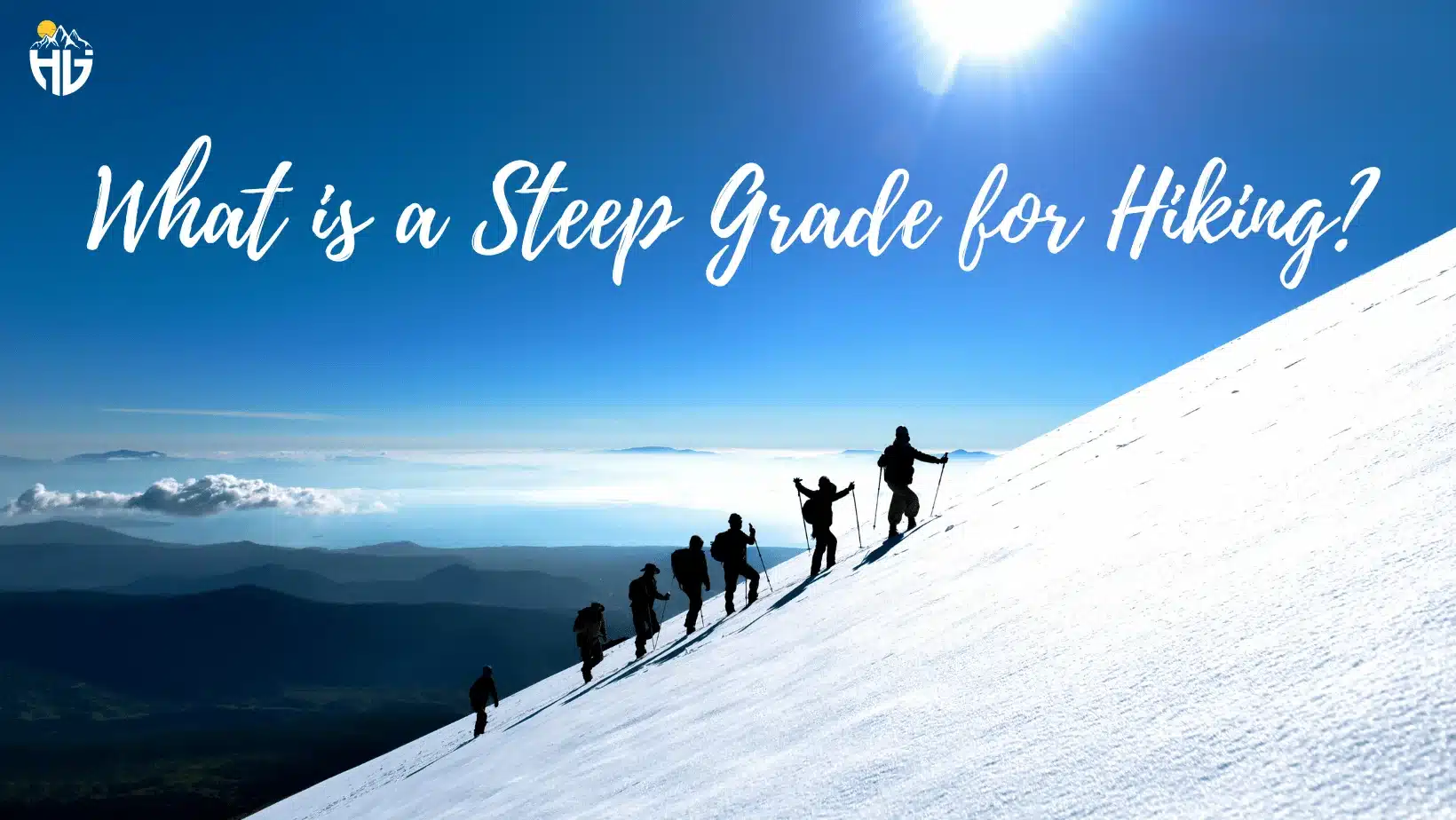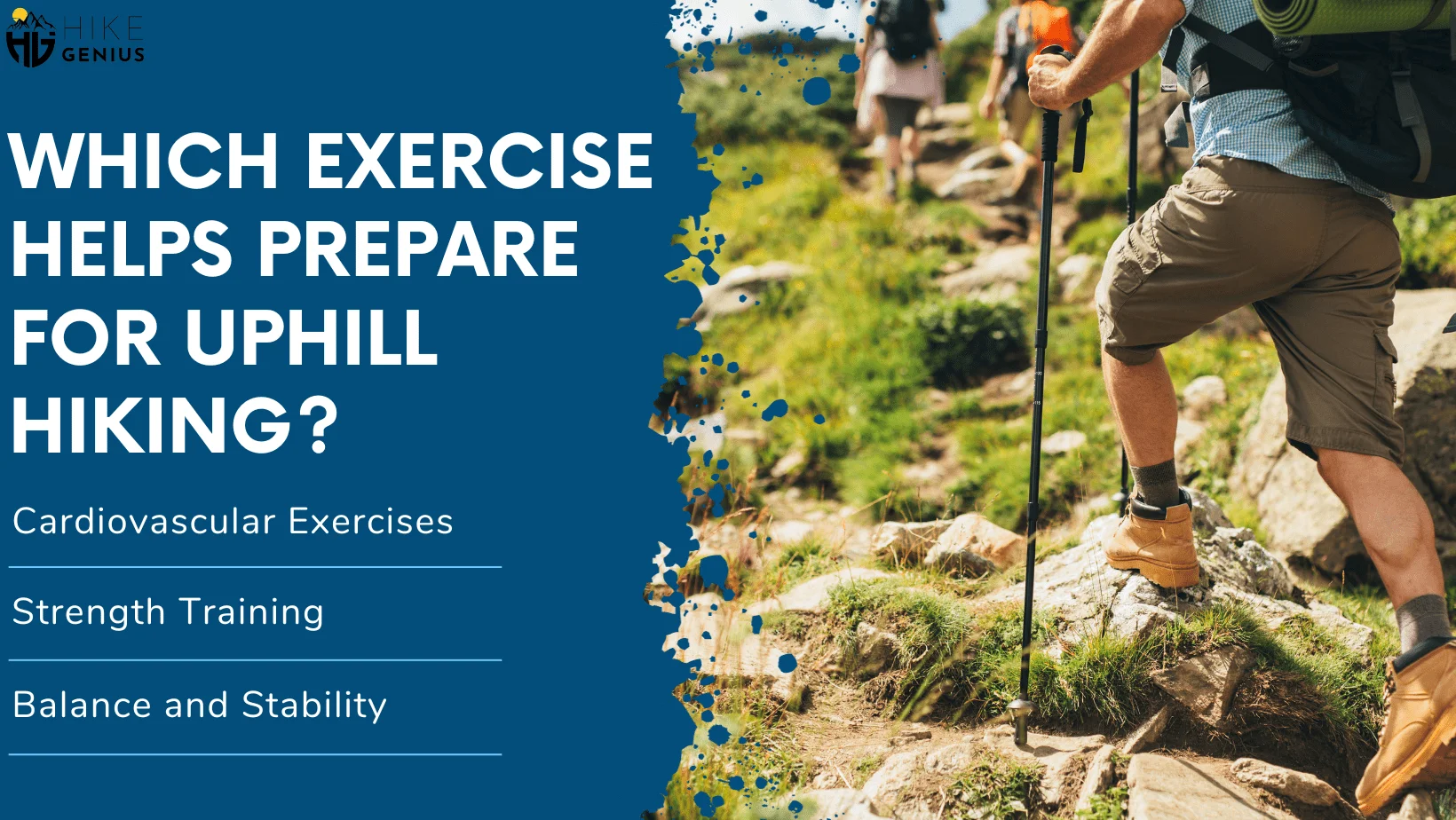How to Start a Hiking Blog in 2023
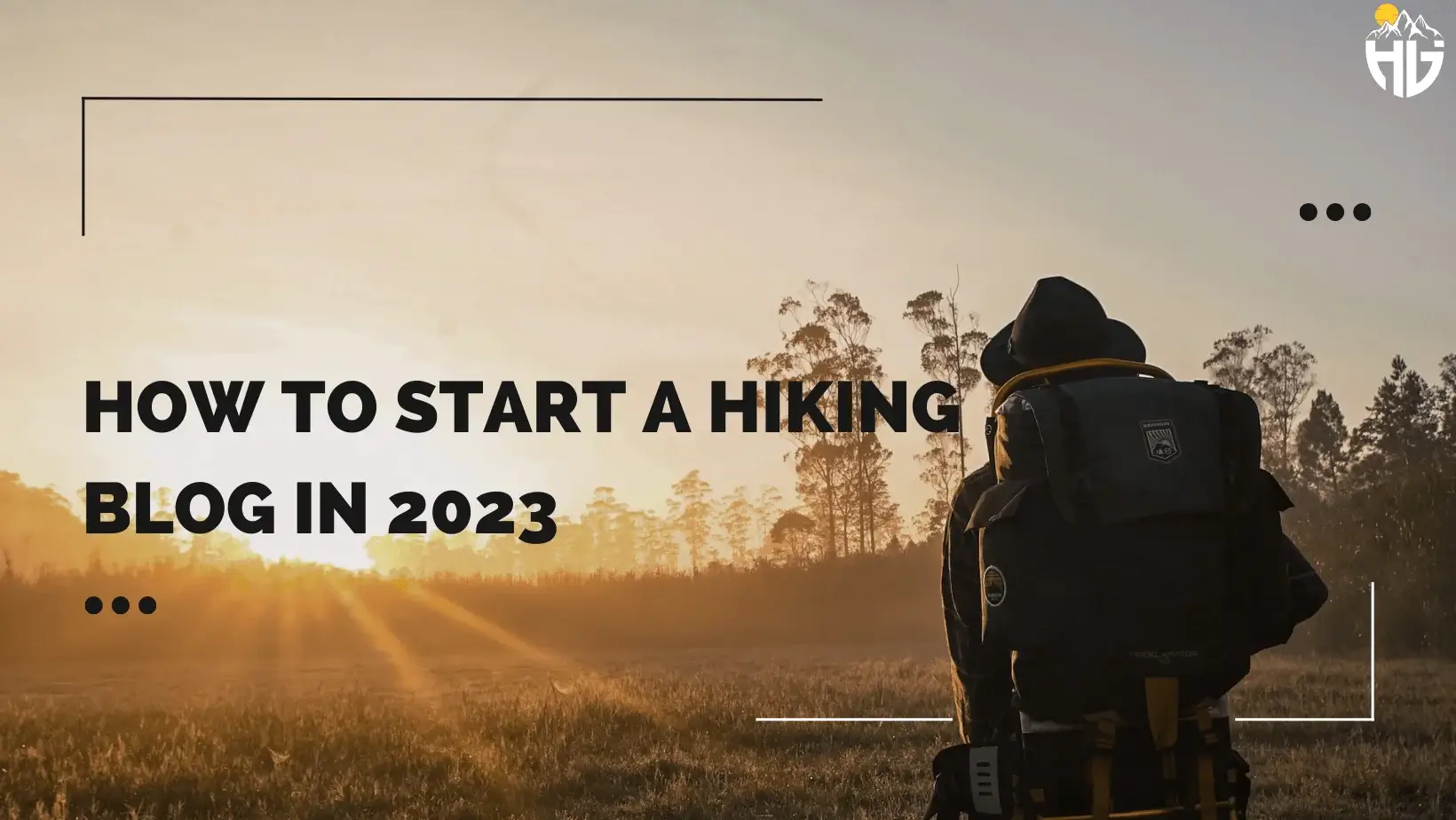
Hiking blogs play a crucial role in the outdoor community. They inspire people to step out of their comfort zones and connect with nature while providing practical tips and advice for a safe and enjoyable experience. Start your hiking blog, and sharing personal stories, all the details on hiking trails, and breathtaking photography. Hiking bloggers foster a sense of camaraderie among readers and encourage them to explore the world on foot.
The hiking niche offers numerous opportunities for growth and monetization. With millions of people passionate about hiking, the demand for quality content is high. Bloggers who consistently provide valuable information can build a loyal audience and leverage that following for various income streams, such as affiliate marketing, sponsored content, and selling their own products or services. Additionally, as more people turn to outdoor activities for physical and mental well-being, the potential for new readers and revenue sources continues to expand.
Our aim with this guide is to equip you with the knowledge and tools necessary to create, grow, and monetize a successful hiking blog. Whether you’re a seasoned hiker eager to share your wisdom or a novice seeking to document your journey, this guide will offer step-by-step instructions, best practices, and tips for navigating the blogging world. Together, we’ll explore everything from choosing the right blogging platforms and setting up your blog to content creation, promotion, and monetization strategies.
Now that we’ve set the stage, let’s dive into the world of hiking blogging and help you turn your passion into a thriving online presence.
How to Start a Hiking Blog?
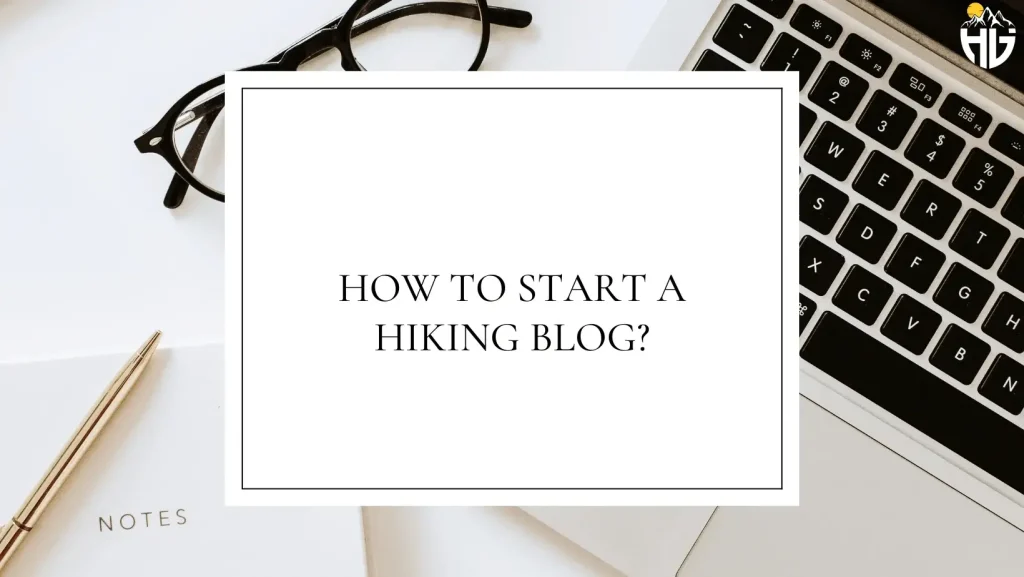
Before embarking on your blogging journey, it’s essential to select the right platform for your hiking blog. With several popular options available, making an informed decision might seem daunting. To help you navigate this crucial step, we’ll compare some leading blogging platforms, discuss their pros and cons, and offer recommendations based on your needs and preferences.
WordPress.org

As one of the most widely-used content management systems globally, WordPress powers over 40% of websites on the internet. This open-source platform offers remarkable flexibility and control over your site’s design and functionality.
Pros
- Highly customizable with thousands of themes and plugins
- Strong community support and resources
- Excellent SEO capabilities
Cons
- Requires some technical knowledge to set up and maintain
- Costs for hosting and premium themes/plugins can add up
Wix

Wix is an intuitive website builder designed for users with little to no coding experience. With its drag-and-drop editor, you can create visually appealing sites in a snap.
Pros
- Easy-to-use interface with a drag-and-drop editor
- Wide variety of templates to choose from
- Free plan available
Cons
- Limited customization compared to WordPress
- Fewer SEO capabilities
- Can be expensive for advanced features
Squarespace

Squarespace is another user-friendly website builder known for its stunning templates and all-in-one approach, making it easy to create a professional-looking site.
Pros
- Beautiful, responsive templates
- Simple, all-in-one platform with hosting included
- Good eCommerce integration
Cons
- Limited flexibility and customization options compared to WordPress
- Higher pricing compared to other platforms
- Not as SEO-friendly as WordPress
Recommendations
When choosing a platform, consider your technical skills, budget, and desired level of customization. For those seeking full control and robust SEO features, WordPress.org is often the top choice. However, if you prioritize ease of use and prefer a more hands-off approach, Wix or Squarespace might be better suited for your needs. Remember, the platform you choose will set the foundation for your hiking blog, so take the time to weigh your options and select the one that aligns with your goals and preferences.
What Equipment Do You Need To Start a Hiking Blog?
With a solid platform in place, it’s time to set up your hiking blog. In this section, we’ll discuss domain selection, hosting options, and the process of installing and configuring themes and plugins.
Domain Selection

Your domain name is the web address that represents your blog, and choosing the right one is vital. Keep these tips in mind when selecting a domain:
Make it memorable: Aim for a short, catchy, and easy-to-remember name that reflects your blog’s theme and purpose.
Use relevant keywords: Incorporating hiking-related terms can improve your SEO and make it clear what your blog is about.
Stick to popular extensions: While there are many domain extensions available, sticking to popular options like .com, .net, or .org can make your site appear more trustworthy and professional.
Hosting Options

Web hosting is the service that stores your blog’s files and makes them accessible online. There are various hosting options to choose from, each with its own pros and cons. Here are a few popular choices:
Shared Hosting: This budget-friendly option involves sharing server resources with other bloggers and websites. It’s an excellent choice for beginners, but performance can be affected by high-traffic sites sharing the same server.
Virtual Private Server (VPS) Hosting: VPS offers more control and better performance than shared hosting by allocating dedicated resources to your site. It’s a suitable choice for growing blogs with moderate traffic.
Managed WordPress Hosting: Designed specifically for WordPress site, managed hosting offers optimized performance, automatic updates, and dedicated support. It’s ideal for those who want a hands-off approach but comes with a higher price tag.
Installing and Setting Up Themes and Plugins
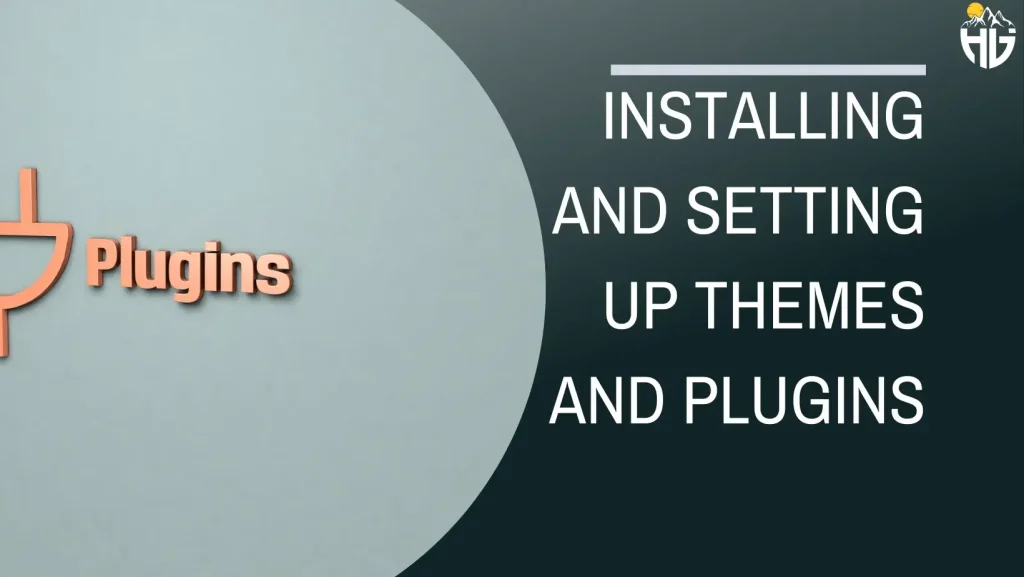
Once your domain and hosting are in place, it’s time to personalize your blog with themes and plugins.
Themes: A theme is a pre-designed template that determines your site’s appearance and layout. When selecting a theme, prioritize responsive design, customization options, and simplicity. Premium themes often come with additional features and dedicated support, but there are also plenty of high-quality free themes available.
Plugins: Plugins are add-ons that extend your site’s functionality. Some essential plugins for a hiking blog might include SEO optimization (e.g., Yoast SEO), social sharing (e.g., Social Warfare), image optimization (e.g., ShortPixel), and contact forms (e.g., Contact Form 7). Install plugins carefully, as too many can slow down your site.
By carefully selecting a domain, choosing the right hosting option, and personalizing your site with themes and plugins, you’ll establish a strong foundation for your hiking blog, setting the stage for success.
How to Write Your Own Hiking Blog Post?
A successful hiking blog relies on engaging and informative content that resonates with your audience. In this section, we’ll discuss finding your unique voice, conducting keyword research, planning your content, writing and formatting tips, and the importance of images and multimedia.

Finding Your Unique Voice and Angle
To stand out among other hiking blogs, you need to showcase your unique perspective and style. Here are some tips for finding your voice and angle:
Be authentic: Share your personal experiences, insights, and opinions to create a genuine connection with your audience.
Identify your niche: Focus on a specific aspect of hiking, like ultralight backpacking, family adventures, facts and figures about the great outdoors, or regional trail guides, to cater to a targeted audience.
Consider your strengths: Play to your strengths, whether it’s storytelling, photography, or expert knowledge in a particular area.
Keyword Research and Content Planning

To attract readers and rank higher on search engines, it’s crucial to create content based on relevant keywords. Use tools like Google Keyword Planner, Ahrefs, or SEMrush to identify popular keywords within your niche. Once you have a list of keywords, brainstorm content ideas and develop a content calendar to keep you organized and consistent.
Writing and Formatting Tips
Effective writing and formatting can make your content more engaging and easier to digest. Keep these tips in mind:
Write compelling headlines: Capture your audience’s attention with clear, concise, and intriguing headlines.
Use short paragraphs: Break your content into smaller chunks to improve readability and keep your audience engaged.
Incorporate subheadings: Organize your content with descriptive subheadings to help readers quickly find the information they’re looking for.
Add bullet points and lists: Present information in a scannable format to cater to readers who skim articles.

Importance of Images and Multimedia

Visual content plays a significant role in making your hiking blog more engaging and shareable. Here’s why images and multimedia are essential:
Enhance storytelling: Photos and videos can help illustrate your experiences and bring your stories to life.
Break up text: Including relevant images throughout your content can make it more visually appealing and easier to read.
Improve SEO: Optimized images with descriptive alt text can boost your blog’s search engine rankings.
Considering a Content Marketing Agency
If the process of content creation and strategy seems overwhelming, or you simply lack the time and resources to manage it yourself, consider hiring a Content Marketing Agency. A professional agency can handle various tasks, such as keyword research, content planning, writing, and optimization, allowing you to focus on other aspects of your hiking blog.

Expertise: Agencies employ experienced content creators who understand SEO best practices and how to write engaging content that resonates with your target audience.
Consistency: A content marketing agency can ensure that your blog is updated regularly with high-quality content, helping you maintain a consistent posting schedule.
Time Savings: By outsourcing your content creation and strategy, you can free up time to focus on other aspects of your hiking blog, such as promotion, networking, and monetization.
How To Promote Your Hiking Blogs On Social Media?
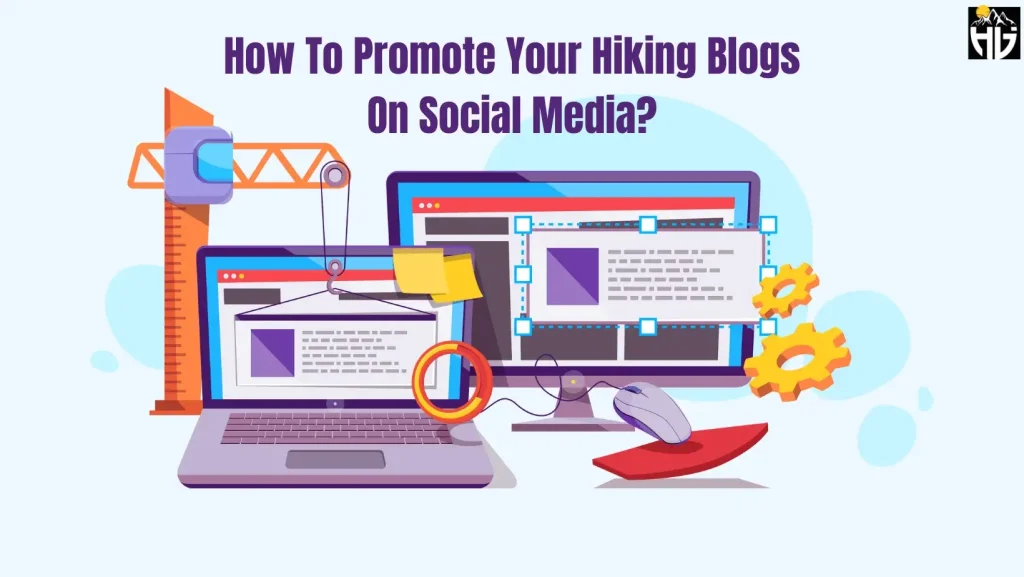
Creating quality content is just one piece of the puzzle; you also need to promote your hiking blog effectively to reach a wider audience. In this section, we’ll discuss social media strategies, collaborations and guest posting, email marketing, and SEO best practices to help boost your blog’s visibility and attract more readers.
Social Media Strategies
Utilizing social media platforms can significantly increase your blog’s reach and engagement. Here are some strategies to consider:
Choose the right platforms: Focus on the platforms most popular with your target audience, such as Instagram, Facebook, Pinterest, or Twitter.
Share consistently: Maintain a regular posting schedule to keep your audience engaged and interested in your content.
Use hashtags strategically: Incorporate relevant and popular hashtags to increase your content’s discoverability.
Engage with your audience: Respond to comments, ask questions, and build relationships with your followers.
Collaborations and Guest Posting
Collaborating with other bloggers and participating in guest posting can help you tap into new audiences and build credibility in the hiking community. Here’s how:
Identify relevant blogs: Research blogs in the hiking niche with a similar target audience and complementary content.
Reach out professionally: Craft a personalized and professional pitch, explaining the benefits of collaborating or guest posting for both parties.
Provide valuable content: Offer well-written, engaging, and informative content that aligns with the host blog’s theme and audience.
Email Marketing
Building an email list and leveraging email marketing can help you maintain a strong connection with your audience and drive traffic to your own hiking blog. Here’s what you need to do:
Offer incentives: Encourage visitors to subscribe to your email list by offering exclusive content, discounts, or free resources.
Send regular newsletters: Share your latest blog posts, updates, and valuable tips to keep subscribers engaged and informed.
Segment your list: Cater to different audience segments by sending targeted content based on their interests and preferences.
SEO Best Practices
Search engine optimization (SEO) is crucial for increasing your blog’s visibility on search engine results pages. Implement the following best practices:
Optimize your content: Incorporate relevant keywords in your titles, headings, and content without overstuffing.
Improve site speed: Ensure your site loads quickly by optimizing images, using caching plugins, and minimizing external scripts.
Build quality backlinks: Earn links from reputable websites in your niche through guest posting, collaborations, and creating shareable content.
How to Monetize A Hiking Blog Effectively?

Once you’ve built a loyal audience and established a strong online presence, it’s time to start posting and generating revenue from your hiking blog. In this section, we’ll explore various monetization strategies, including affiliate sales, sponsored content, selling products or services, and using ads and other methods.
Affiliate Marketing
Affiliate marketing involves promoting and earning commissions from products or services offered by other companies. To get started, follow these steps:
Research relevant programs: Look for affiliate programs that align with your niche and offer products or services that would interest your audience, such as outdoor gear, hiking apparel, or travel services.
Join the program: Sign up for the affiliate program, and receive unique tracking links to use in your content.
Create engaging content: Write informative and engaging blog posts, reviews, or tutorials that feature the affiliate products or services, and include your tracking links.
Sponsored Content
Sponsored content involves partnering with brands to create content that promotes their products or services. Here’s how to approach sponsored content:
Identify potential sponsors: Reach out to brands in the hiking or outdoor industry that align with your blog’s theme and audience.
Negotiate terms: Discuss the scope of the collaboration, including content format, payment, and any specific requirements.
Create high-quality content: Produce content that showcases the brand’s products or services while maintaining your unique voice and providing value to your readers.
Selling Products or Services
Offering your own products or services can be a lucrative monetization method. Here are some ideas:
Digital products: Create and sell ebooks, online courses, or photography prints related to hiking and the outdoors.
Physical products: Design and sell hiking-related merchandise, such as t-shirts, hats, or custom trail maps.
Services: Offer consulting, guided hikes, or hiking workshops for your audience.
Ads and Other Monetization Methods
Displaying ads on your own hiking blog or exploring other monetization methods can also generate revenue. Some options include:
Ad networks: Join an ad network, such as Google AdSense, to display relevant ads on your blog and earn revenue based on impressions or clicks.
Direct ad sales: Reach out to brands directly and offer paid advertising space on your blog.
Memberships or subscriptions: Offer premium content or exclusive access to members who pay a subscription fee.
Tracking Your Success

Monitoring the performance of your outdoor blog is crucial for understanding what works and what needs improvement. In this section, we’ll discuss analytics tools, measuring and setting goals, knowing where your blog stand in Search results and adjusting your strategy based on performance.
Analytics Tools
Using analytics tools, like Google Analytics can help you gather valuable insights into your blog’s performance, audience behavior, and content engagement. Some popular options include:
Install Google Analytics: A comprehensive tool that provides data on website traffic, user behavior, and content performance.
Search Console: This Google service allows you to monitor your site’s search performance, identify technical issues, and discover new keywords.
Social media analytics: Platforms like Facebook, Instagram, and Pinterest offer built-in analytics to track your social media performance and audience engagement.
Measuring and Setting Goals
To measure the success of your hiking blog, set specific, measurable, achievable, relevant, and time-bound (SMART) goals. Examples of goals could include:
Increasing website traffic: Set a target for monthly unique visitors or page views.
Growing your email list: Aim to reach a specific number of subscribers within a certain timeframe.
Boosting social media engagement: Set goals for likes, comments, shares, or followers on your chosen platforms.
Adjusting Your Strategy Based on Performance
As you track your blog’s performance and progress towards your goals, be prepared to adjust your strategy based on the insights you gather. Consider the following:
Identify trends: Analyze your data to discover which content performs best, and focus on creating similar or related content.
Address underperformance: If you’re not meeting your goals, identify potential issues and adjust your strategy accordingly. This could involve improving SEO, tweaking your social media tactics, or refining your content.
Experiment and test: Try new content formats, promotional strategies, or monetization methods, and track their performance to determine their effectiveness.
Building a Community Around Your Blog
Fostering a sense of community around your hiking blog can help you create deeper connections with your readers and increase audience loyalty. In this section, we’ll discuss ways to encourage reader engagement through comments and discussions, create a Facebook page or group or online forum, and host events, meetups, or hikes.
Encouraging Reader Engagement
Inviting readers to participate in conversations on your blog can lead to valuable insights, increased engagement, and a stronger sense of community. To encourage discussions:
- End your blog post with open-ended questions or calls to action, inviting readers to share their thoughts and experiences.
- Respond to comments in a timely and thoughtful manner, showing appreciation for your readers’ input and fostering a positive atmosphere.
- Encourage readers to share their own blog, tips, stories, or advice, creating an environment where everyone can learn from each other.
Creating a Facebook Group or Online Forum for Your Audience
Establishing a dedicated space for your readers to interact can help you build a more active and engaged community. Consider these options:
Facebook Group: Create a private or public Facebook group where your audience can share experiences, ask questions, and connect with fellow hiking enthusiasts.
Online Forum: Set up a forum on your blog or use a platform like Reddit to host discussions related to hiking, outdoor adventures, and your own website content.
Hosting Events, Meetups, or Hikes for Your Readers
Organizing in-person or virtual events can strengthen your community and provide unique experiences for your audience. Here are some ideas:
Local Hikes: Plan and host guided hikes or meetups in your area, inviting your readers to join and connect with fellow hikers.
Workshops or Webinars: Offer educational sessions on topics like hiking safety, hiking gear recommendations, or trail navigation, either in-person or online.
Virtual Challenges: Create virtual events or challenges, such as a “30-day Hiking Challenge,” encouraging participants to share their progress and experiences with the community.
Interviewing Industry Experts and Influencers

Collaborating with experts and influencers in the hiking and outdoor industry can provide valuable content for your readers and help grow your audience and credibility. In this section, we’ll discuss how to reach out to experts for interviews or guest posts, collaborate with influencers on content creation, and leverage these connections to benefit your blog.
Reaching Out to Experts for Interviews
Connecting with industry experts can provide unique insights and perspectives for your readers. Here’s how to approach these collaborations:
Identify potential experts: Look for individuals with expertise in areas related to your blog’s focus, such as trail guides, outdoor gear designers, or experienced hikers.
Send a personalized email: Craft a compelling and professional email, explaining your blog’s purpose and why you believe their expertise would be valuable to your audience.
Provide clear expectations: Outline the format of the interview or guest post and discuss any deadlines, word count, or content guidelines.
Collaborating with Influencers to Create Content
Working with influencers can expand your reach and attract new readers. Here’s how to collaborate effectively:
Research relevant influencers: Find individuals in the hiking and outdoor community with a strong online presence and an audience that aligns with your blog’s focus.
Propose a collaboration: Reach out with a personalized message, suggesting a mutually beneficial collaboration, such as a joint blog post, social media takeover, or product review.
Promote the collaboration: Share the content across your blog and social media channels, and encourage the influencer to do the same, maximizing visibility and engagement.
Grow Your Audience and Credibility
Capitalizing on your collaborations with experts and influencers can help boost your blog’s reputation and reach. Here are some ways to leverage these connections:
Showcase the collaborations: Feature interviews, guest posts, and influencer partnerships prominently on your blog and social media, highlighting the value these collaborations bring to your audience.
Build your network: Maintain relationships with the experts and influencers you collaborate with, as they may lead to future opportunities, referrals, or introductions to other industry professionals.
Gain credibility: Use these collaborations to establish yourself as a knowledgeable and well-connected resource in the hiking community, which can help attract new readers, partners, and opportunities.
Staying Current with Industry News and Trends
Keeping up-to-date with the latest news and trends in the hiking and outdoor industry is essential for maintaining a relevant and engaging blog. In this section, we’ll discuss the importance of staying informed, incorporating current events and trends into your content, and sharing industry news with your audience to establish yourself as a knowledgeable resource.
Regularly Researching and Staying Up-to-Date with Hiking Trends
To stay informed about the latest developments in the hiking world, consider the following:
Follow industry blogs and websites: Subscribe to reputable hiking, outdoor, and adventure blogs or websites to receive updates on news, gear releases, and trail conditions.
Engage with online communities: Participate in forums, social media groups, and other bloggers and online communities to stay informed about trending topics and discussions among fellow hikers.
Attend events and conferences: Participate in industry events, expos, and conferences to network with professionals, learn about the latest trends, and discover new products and technologies.
Incorporating Current Events and Trends into Your Content
Stay relevant and engaging by including up-to-date information in your blog posts:
Write about the latest gear: Review and discuss new products, innovations, and technology in the hiking and outdoor industry.
Cover timely topics: Address current events, such as trail closures, environmental concerns, or changes in regulations, that may impact your audience.
Discuss emerging trends: Explore and analyze new trends in the hiking world, such as ultralight backpacking, long-distance hiking, or sustainable practices.
Sharing Industry News with Your Audience
By sharing industry news and trends with your readers, you demonstrate your expertise and commitment to staying informed. Here’s how to share this information:
Create a dedicated news section: Add a section to your blog where you regularly post updates on industry news, trends, and events.
Use social media: Share news articles, videos, and updates on your social media channels, engaging your followers in discussions and encouraging them to share their thoughts.
Send newsletters: Compile the latest news and trends in a regular email newsletter, providing your subscribers with a convenient way to stay informed and up-to-date.
Conclusion
This comprehensive guide has provided valuable insights on how to start posting on your blogs, grow, and monetize a hiking blog. From choosing the right platform and setting up your blog to creating engaging content and promoting it effectively, we’ve covered the key steps to build a successful online presence. Additionally, we’ve explored various monetization strategies, including affiliate marketing, sponsored posts, and selling products or services.
Throughout the process, tracking your success using analytics tools and setting goals will help you make data-driven decisions and adjust your strategy for optimal growth. With this knowledge, you’re well-equipped to embark on your blogging platform and turn your passion for hiking into a rewarding and profitable venture. Stay persistent, keep learning, and enjoy the journey as you share your love for hiking with the world.
Frequently Asked Questions
Are Hiking Blogs Really Making Money?
Yes, hiking blogs can make money, but the amount earned depends on various factors like niche, audience size, content quality, monetization strategies, and the blogger’s persistence and dedication. Some ways hiking blogs generate income include affiliate marketing, sponsored content, selling products or services, and displaying ads. Success in earning money from a hiking blog requires consistent effort, quality content, and strategic monetization methods.
How To Start a Hiking blog?
- Choose a niche: Pick a specific focus for your hiking blog, such as local hiking trails, gear reviews, backpacking trip, or family-friendly hikes. This will help you attract a targeted audience.
- Select a blogging platform: Choose a user-friendly platform like WordPress or Wix to build and manage your blog.
- Set up your blog: Register a domain name, select a hosting provider, and customize your blog’s appearance with a suitable theme and layout.
- Develop a content strategy: Identify your target audience and create a content plan that addresses their interests and needs. Research relevant keywords to optimize your content for search engines.
- Write quality content: Produce engaging, informative, and well-written articles that provide value to your readers. Use a mix of personal experiences, expert advice, and helpful tips to create compelling content.
- Promote your blog: Share your content on social media, engage with other blogs on hiking, participate in online forums, and consider email marketing to grow your audience.
- Monetize your blog: Explore various income streams like affiliate marketing, sponsored content, selling products or services, and displaying ads to generate revenue from your blog.
How Can I Write a Great Blog Post for Hiking?
To write your first blog post, follow these tips:
- Choose a compelling topic: Select a subject that is interesting, relevant, and valuable to your target audience. This could include hiking trails reviews, hiking tips, gear recommendations, or personal hiking experiences.
- Research thoroughly: Gather accurate and up-to-date information about your topic. This may involve personal experience, online research, or consulting with experts to ensure your content is reliable and informative.
- Create an engaging title: Craft a title that is eye-catching, descriptive, and includes relevant keywords. This will help attract readers and improve search engine visibility.
- Use an organized structure: Break down your content into logical sections with clear headings and subheadings. This makes it easier for readers to navigate your blog post and find the information they’re looking for.
- Write in a conversational tone: Use a friendly and approachable writing style that resonates with your audience. Avoid overly technical jargon or complex language that might alienate readers.
- Include personal anecdotes and stories: Share your own experiences and insights to make your content relatable and engaging. This can help establish a connection with your readers and build trust.
- Use visuals: Incorporate high-quality images, videos, or graphics to support your content and enhance its appeal. Visual elements
What is the example of a Successful Blog on Hiking?
Good Example of Successful hiking blogs include The Hiking Life, Section Hiker, and Modern Hiker. These blogs offer valuable information on trail guides, gear reviews, hiking tips, and personal experiences. They’ve built a dedicated following by consistently providing high-quality content, engaging with their audience, and staying up-to-date with industry trends.

M. Fahad Sajjad
Founder & CEO
at
Meraki Writes
Meraki Writes is a distinguished content marketing agency committed to
delivering exceptional content for businesses and online platforms.
With a dedicated team of skilled writers and editors, Meraki Writes
consistently produces high-quality articles, ensuring client satisfaction
and audience engagement. The same team of professionals is responsible
for crafting each insightful and well-researched article on Hike Genius, a reputable hiking niche website.

